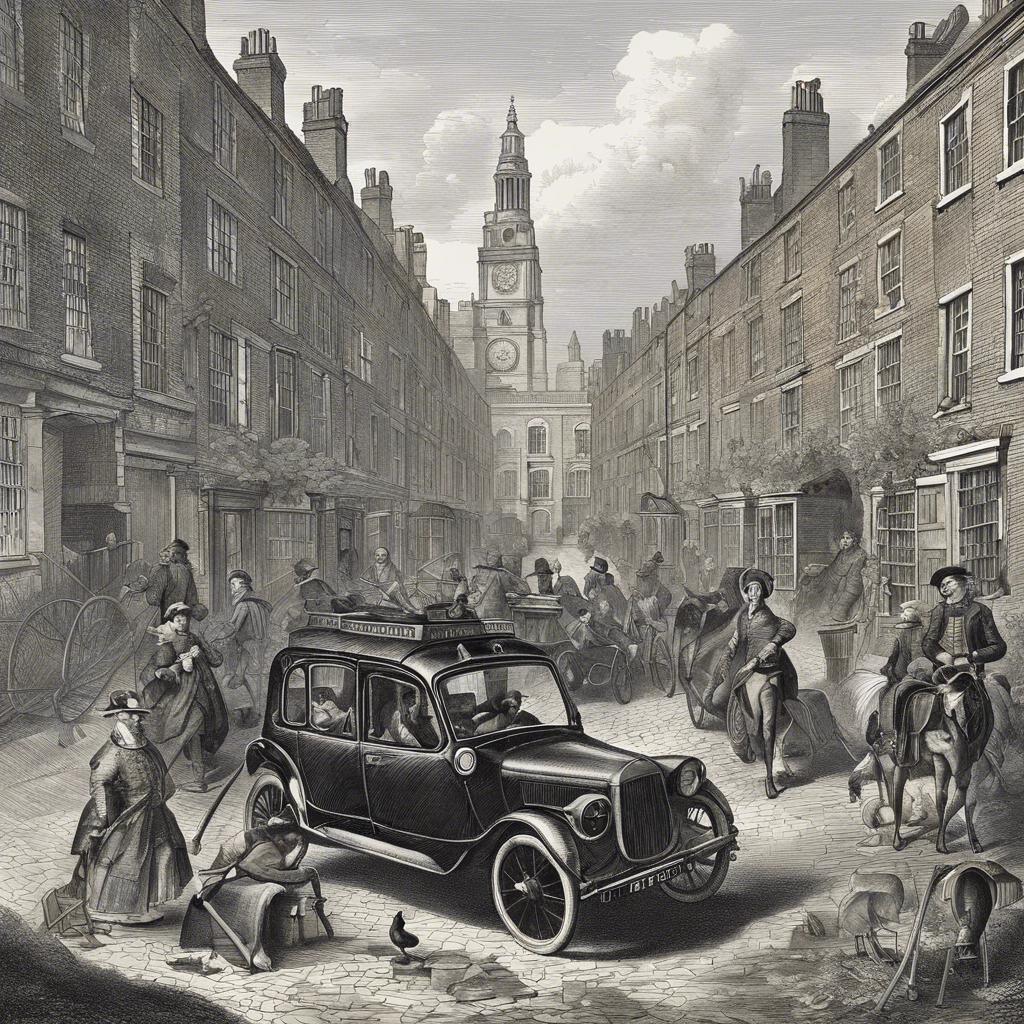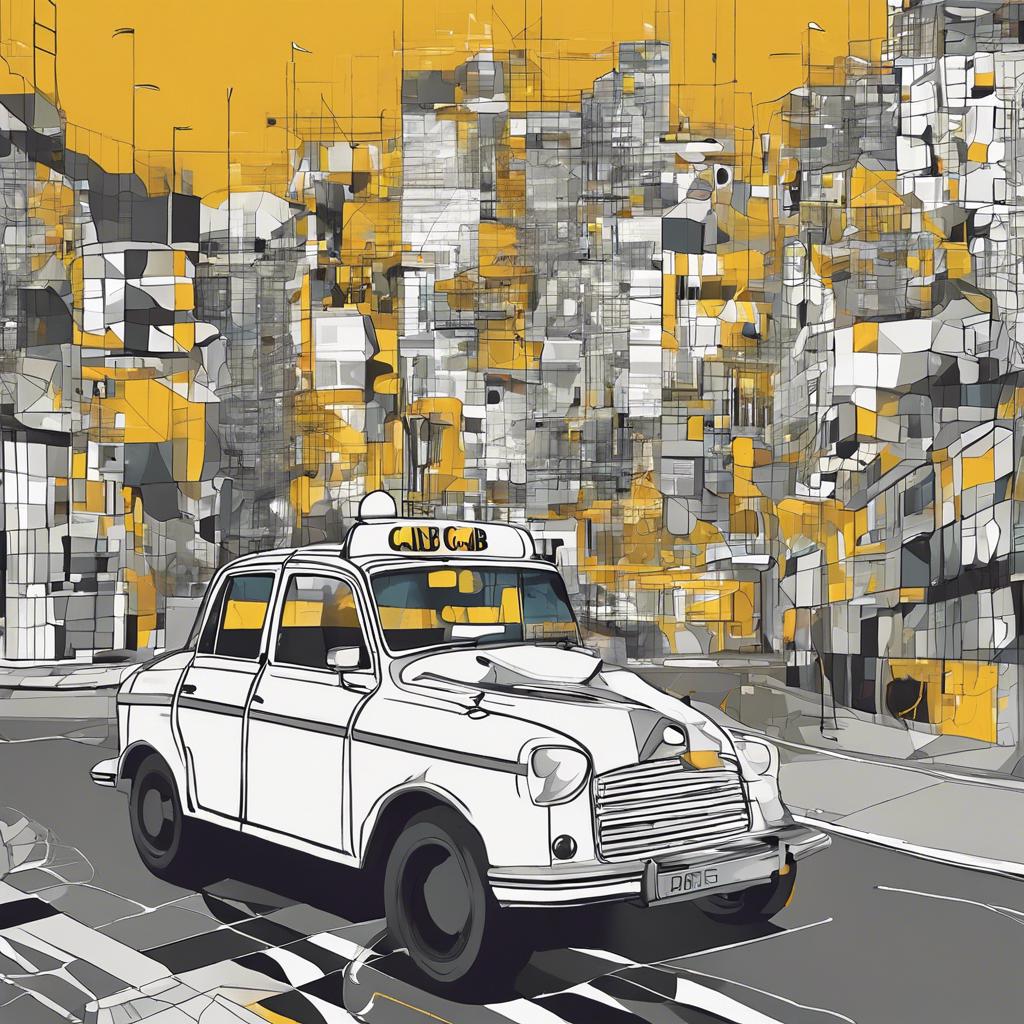The hackney cab, a staple of urban transportation dating back to the 17th century, remains an iconic symbol of city life. With its origins rooted in London’s bustling streets, the history of the hackney cab is rich and varied. From its early days as a horse-drawn carriage to the modern-day licensed taxis seen in cities around the world, the evolution of the hackney cab has mirrored the changes in urban transportation and society at large. Join us as we delve into the fascinating history of the hackney cab and explore its enduring legacy in the world of public transportation.
Step Into the World of Cheryl Bolen
Dive into the enchanting stories of love, intrigue, and elegance set in the Regency Era. Cheryl Bolen's novels offer timeless romance and captivating tales that will leave you wanting more.
Explore Cheryl Bolen's Books Now
Origins of the Hackney Cab in 17th Century London
Hackney cabs have a rich history dating back to the 17th century in London. These iconic black taxis originated as a mode of public transportation for the growing population of the bustling city. Here is a glimpse into the fascinating origins of the hackney cab:
1. Introduction of Hackney Carriages:
The concept of hackney carriages was first introduced in London in the early 17th century. These carriages were available for hire by the hour or distance, providing a convenient and comfortable means of transportation for both locals and visitors to the city. The term “hackney” referred to horses that were available for hire, highlighting the primary mode of transport used for these early cabs.
2. Regulation and Licensing:
In 1636, the first regulations were established to govern hackney carriages in London. These regulations required drivers to be licensed and set standards for the maintenance and appearance of the cabs. By the 19th century, the black cab became synonymous with London, known for its iconic design and reliable service. The government played a key role in regulating the industry to ensure the safety and comfort of passengers.
3. Evolution of the Hackney Cab:
Over the centuries, hackney cabs evolved to meet the changing needs of society. From horse-drawn carriages to motorized vehicles, the hackney cab adapted to advancements in technology and transportation. Today, the black cab remains an integral part of London’s public transport system, blending history with modern convenience for residents and tourists alike. The legacy of the hackney cab continues to thrive, symbolizing the rich heritage of transport in the capital city.
The Evolution of Hackney Cabs from Horses to Motor Vehicles
Hackney cabs, also known as taxi cabs, have a rich history that dates back to the 17th century in London, England. Originally, hackney cabs were horse-drawn carriages that provided transportation for hire. These carriages were a convenient mode of transport for those who could afford it, offering a more comfortable and efficient way to travel around the city.
As technology advanced, the evolution of hackney cabs led to the introduction of motor vehicles as a means of transportation. The transition from horse-drawn carriages to motor vehicles revolutionized the taxi industry, making transportation faster and more accessible to the masses. This shift also marked a significant change in the way people traveled, paving the way for modern taxi services that we are familiar with today.
Today, hackney cabs continue to play a vital role in the transportation industry, providing convenient and reliable services to people all around the world. With the rise of ride-sharing services and advancements in technology, hackney cabs have adapted to meet the changing needs of passengers, offering safe and efficient transportation options. is a testament to the resilience and innovation of the taxi industry throughout history.
Modern Challenges and Regulations Faced by Hackney Cab Drivers
Modern Challenges Faced by Hackney Cab Drivers
Over the years, hackney cab drivers have faced numerous challenges as they navigate the ever-changing landscape of the transportation industry. One of the most pressing issues for these drivers is the rise of ridesharing services such as Uber and Lyft. These companies have disrupted the traditional taxi industry, leading to increased competition for hackney cab drivers.
Furthermore, hackney cab drivers must also contend with stringent regulations imposed by local authorities. These regulations often include requirements for licensing, insurance, and vehicle inspections, which can be time-consuming and expensive for drivers to meet. Failure to comply with these regulations can result in fines or even the loss of their license.
Additionally, hackney cab drivers must adapt to changing consumer preferences, such as the shift towards cashless payments and the demand for eco-friendly vehicles. In order to remain competitive in today’s market, drivers must stay up-to-date with modern technology and trends, while also abiding by the regulations set forth by local authorities.
Strategies for Success in the Competitive Hackney Cab Industry
In order to thrive in the competitive world of the Hackney Cab industry, it is essential to have a solid understanding of the market and implement effective strategies. One key strategy is to provide excellent customer service, ensuring that passengers have a positive experience each time they ride in your cab. This can lead to repeat business and word-of-mouth referrals, helping you stand out from the competition.
Another important factor in achieving success in the Hackney Cab industry is to stay up-to-date with the latest technology and trends. By investing in a modern fleet of vehicles equipped with GPS navigation and other advanced features, you can improve efficiency and attract tech-savvy customers. Additionally, leveraging online booking platforms and social media can help you reach a wider audience and increase your customer base.
Lastly, building strong relationships with local businesses and hotels can also work in your favor. By offering special discounts or partnerships, you can secure regular business from these establishments and gain a competitive edge. Networking within the industry and attending relevant events can also help you stay connected and informed about new opportunities for growth.
To Conclude
the hackney cab has a rich history dating back to the 17th century when it first became a popular mode of transportation in London. Over the years, it has evolved and adapted to meet the changing needs of society, while still maintaining its iconic status as a symbol of British transportation. As we reflect on the legacy of the hackney cab, we are reminded of its enduring influence on the modern taxi industry and its important role in shaping the way we travel today. Let us continue to appreciate and preserve this cherished piece of history for generations to come.


